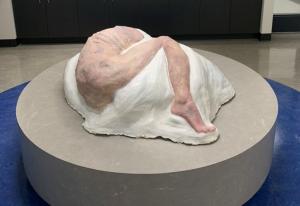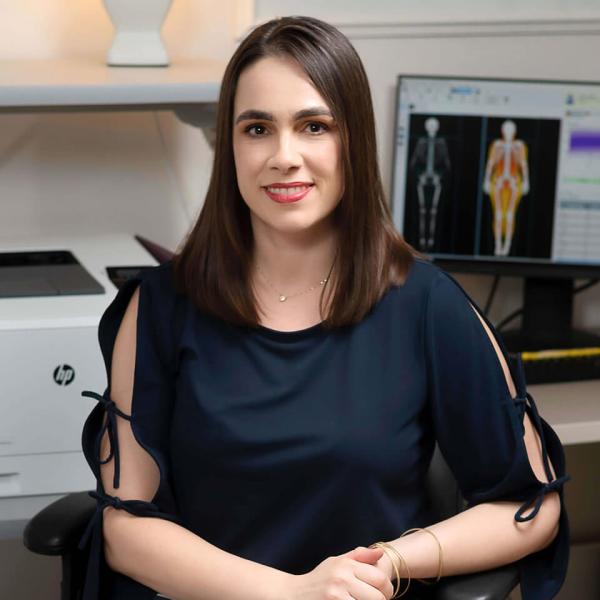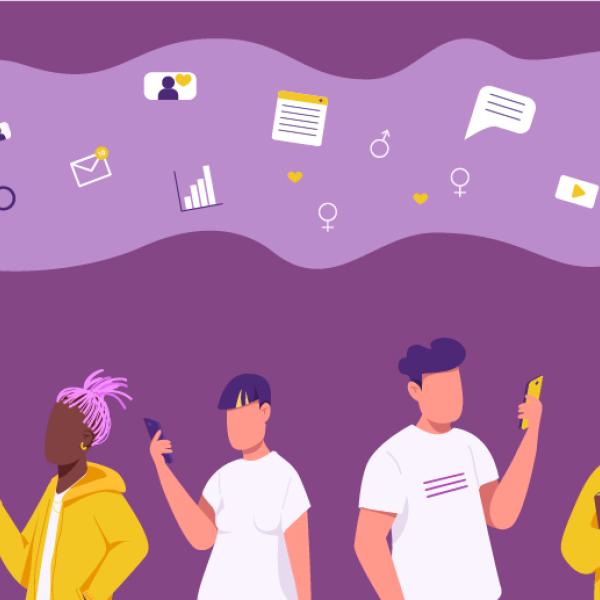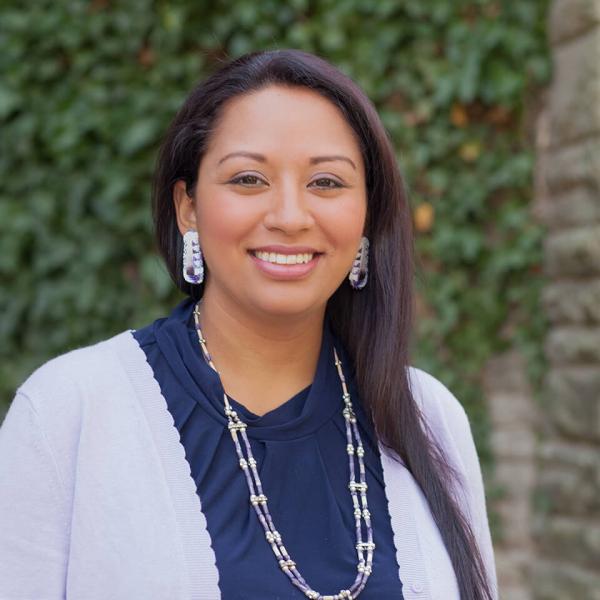Since the brutal Sack of Babylon to the wars of the 20th and 21st centuries, humanity has a long track record of state-sponsored violence.
“Conflict isn’t going to go away. Humans have fought over land, values, skin colour and power forever,” says Hilary Earl, a history professor at Ontario’s Nipissing University.
But by understanding examples from the past, Earl, who is co-founder and project leader of Nipissing’s CFI-funded Centre for the Study of War, Atrocity and Genocide (C-WAG), hopes to help government leaders shape their current policies.
Together, she and her C-WAG colleagues are tackling big questions, like when is military action morally justified? How do states convince their citizens to participate in war? Or coerce them into perpetrating genocide? And what impact does state-sponsored violence have on the perpetrators and the victims who live through it?
Historians have been mulling over these issues for generations. Now, C-WAG is using modern technologies to probe for new insights.
Enduring questions, new approaches

From the hallway of C-WAG, an illuminated sculpture representing victims of state-sponsored violence captures the attention of passersby. Inside, more art installations challenge visitors to contemplate the impact of war, genocide and colonialism.
A screening room provides opportunities to view video material. Armchairs and workstations offer a place for students and community members to gather. An Indigenous-informed seminar room with smudging capabilities includes remote-teaching capabilities that extend connections and conversations off campus.
“When people talk to each other, ideas gestate,” says Earl.
In other areas, a large selection of high-tech tools helps bring those ideas to life, including cinema-grade cameras, GoPros, Xboxes and more. That equipment creates opportunities to explore research questions and engage students and pedagogical opportunities, according to C-WAG researcher and history professor Stephen Connor.
“It’s really great to see a student’s face light up when you say, hey, let’s think about this differently,” he says. “I know you’re very interested in podcasting. I know you’re very interested in filmmaking. I know you’re very interested in games. Let’s ask these questions and develop your answers to them in ‘unconventional’ ways.”
This space allows me to play with ideas, to field test things, but also it allows me to learn from my students.
— Stephen Connor, Nipissing University
Trading textbooks for videos, immersive simulations and oral history
The fourth-year oral history seminar run by C-WAG researcher and history professor Katrina Srigley is a great example. During the 2023–24 school year, her students used C-WAG’s soundproof interview room and recording equipment to capture and share the stories of members of the Royal Canadian Air Force’s 22 Wing who were stationed in North Bay during the Cold War.
Next door, Earl is using the Centre’s video production and editing suite to bring her own research to life. For several years, she’s been investigating the mass execution of 2,749 Jews in the Latvian town of Liepāja during World War II.
During subsequent war crimes trials, the perpetrators insisted the deaths were quick and painless. However, photographs and video taken by an SS soldier paint a different picture.
“The people who were photographed in those executions, no one speaks for them. Their stories need to be told,” says Earl. In 2021, she did that in a powerful five-minute video, and is now producing a full-length documentary about the Liepāja massacre, recognizing its potential to reach far more people — and a much broader range of people — than an academic paper ever would.
“Part of the justice movement is to give voice back to victims of genocide. And I think a film like this can do that,” says Earl.
Next door, Connor is exploring the power of board games and immersive simulations as teaching tools. Connor explains how their immersive qualities make it easier to contextualize historical conflicts, analyze past decisions and understand history in a more visceral way. At the same time, games and simulations can help students develop teamwork, learn how to compromise or find creative solutions to problems.
“I’m certainly not looking at games as being the kind of ketchup to get you to eat your Brussel sprouts. I am looking at it as an essential tool itself that gives transferable skills,” he says. “This is a legitimate way to ask questions about the past, to learn about the past.”
It’s so important to have CFI funding for humanities research, like the research we do at C-WAG. This space allows us to work as a community. And by thinking outside the traditional output of books and archives, we’re delivering our results to wider audiences.
— Hilary Earl, Nipissing University
Leveraging the lessons of the past
History tells us how we arrived at the present. And although the past never repeats itself in exactly the same way — “context is everything,” Connor stresses — studying yesterday’s conflicts can help us recognize red flags in our current world.
For example, he points to how leaders often construct narratives of the past to justify present-day policies — from terrorist actions to the invasion of another country. “When we explore those issues, we really push back against the weaponization of history,” Connor says.
According to Earl, that’s why education and research are so important. “Education doesn’t prevent violence, but education gives people an opportunity to be critical of state policies,” she says. “And how do people get those tools to think critically? They get it through investment in universities, in research, in programs like this. These are vital.”
The research project featured in this story also benefits from funding from the Social Sciences and Humanities Research Council.






